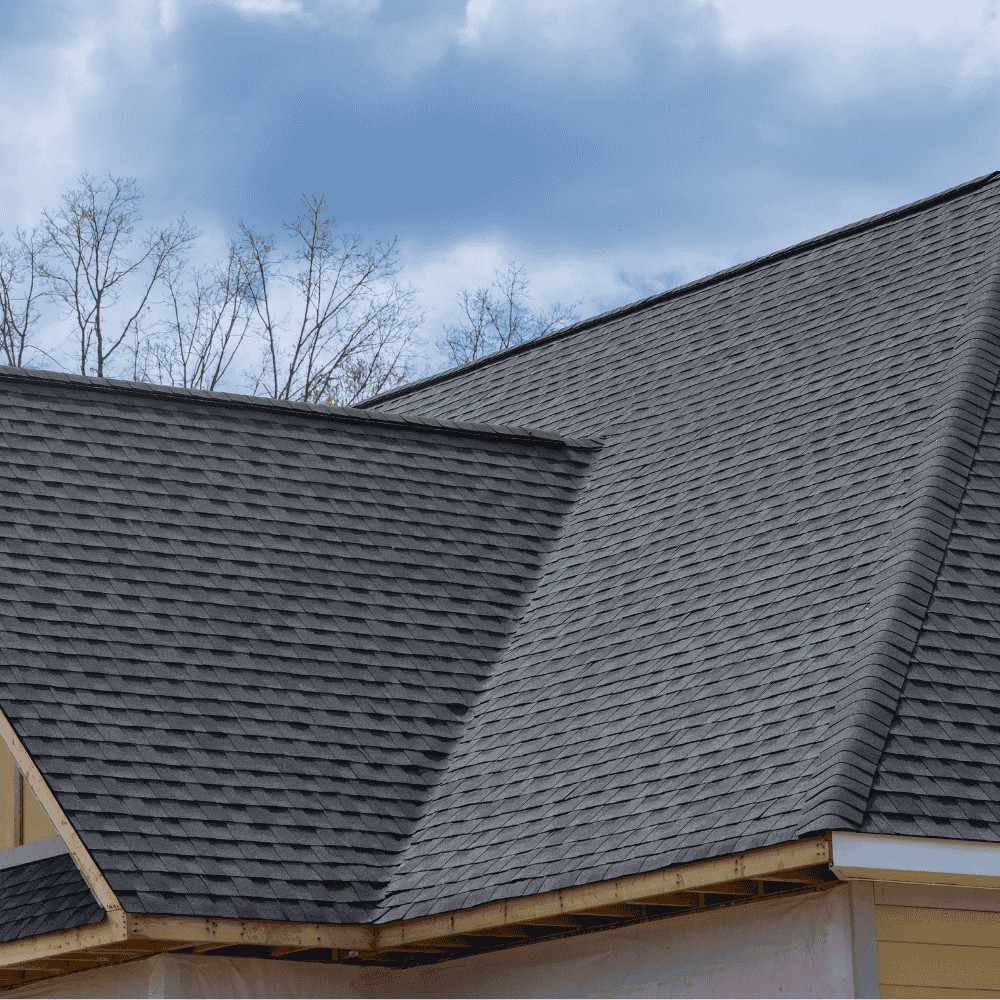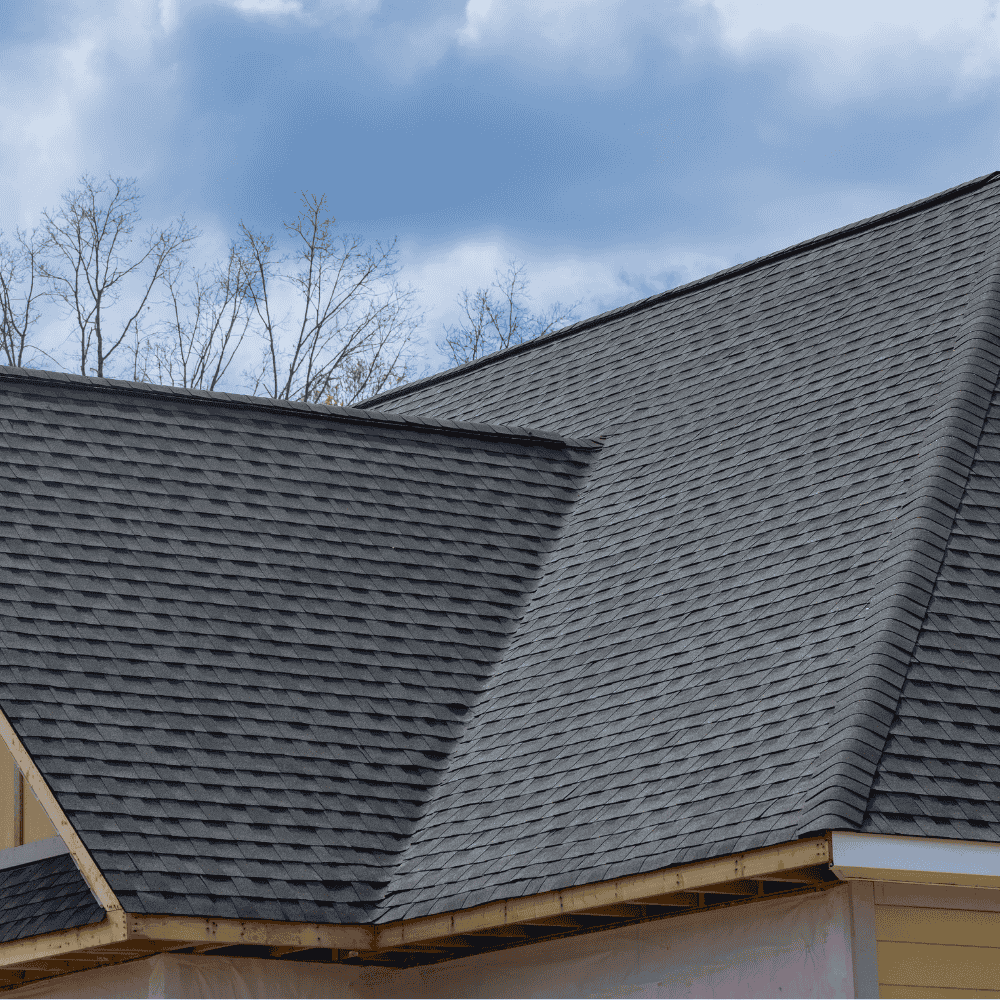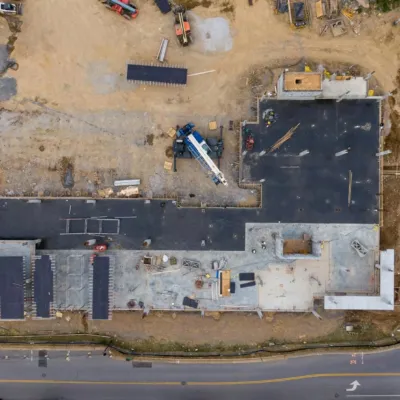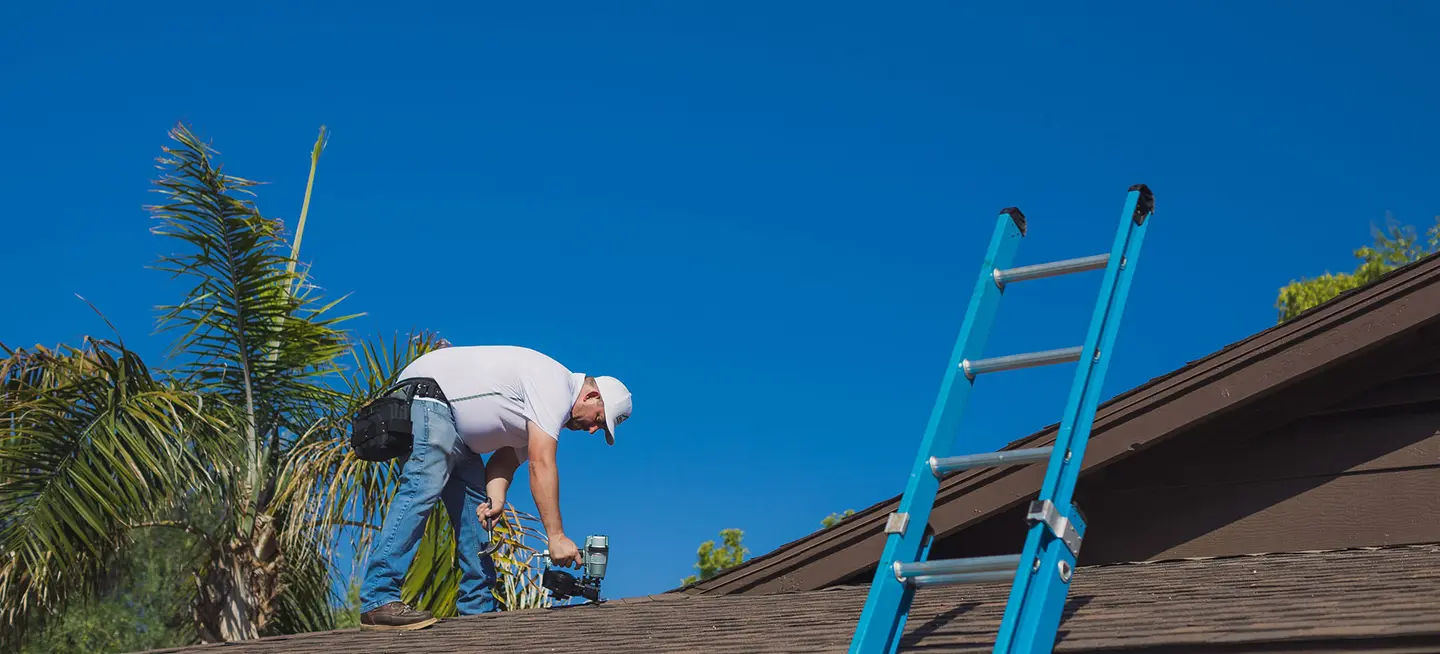
Reasons TPO Roofing is a Popular Choice for Commercial Buildings
Professional commercial roofing contractors recognize numerous advantages that make TPO an excellent option for modern construction and renovation projects.


Manufacturing processes affect durability, appearance, and weather resistance capabilities. Material quality differences influence long-term performance expectations.
Traditional asphalt shingles have a fiberglass mat coated with asphalt and mineral granules. Architectural shingles, also called dimensional or laminated shingles, feature multiple layers bonded together, creating depth and texture. Manufacturing processes affect durability, appearance, and weather resistance capabilities. Material quality differences influence long-term performance expectations.
Traditional asphalt shingles typically last 15-20 years under normal conditions. Architectural shingles extend service life to 25-30 years with proper maintenance. Environmental factors impact longevity for both options. Weather exposure, ventilation quality, and installation practices affect material performance. Premium architectural products may offer enhanced warranty coverage.
Architectural shingles provide a dimensional appearance mimicking slate or wood shake profiles. Multiple-layer construction creates shadow lines and visual interest. Color blending options enhance curb appeal. Traditional asphalt shingles present a flat, uniform appearance. Limited color options affect design flexibility. Architectural products offer premium aesthetic value.
Architectural shingles demonstrate superior wind resistance due to increased weight and improved sealant strips. Impact resistance varies between product lines. Traditional asphalt products meet basic weather protection requirements. Both materials require proper installation for optimal performance. Climate considerations influence material selection.
Initial investment varies between material types. Architectural shingles command premium pricing reflecting enhanced features, while traditional asphalt offers an economical roofing solution. Installation costs remain similar for both options. Long-term value calculations consider durability differences, and property value benefits favor architectural products.
Professional installation techniques remain similar for both materials. Architectural products require attention to pattern alignment. Heavier materials affect handling procedures. Proper ventilation systems benefit both options. Quality installation practices maximize performance potential. Manufacturer specifications guide proper procedures.
Regular inspection programs benefit both material types. Traditional asphalt may require more frequent repairs. Architectural products demonstrate improved granule retention. Storm damage assessment follows similar protocols. Professional maintenance extends service life. Repair techniques vary between materials.
Reflective granule options are available for both materials. Multiple layers in architectural products provide additional insulation value. Proper ventilation remains essential for both types. Cool roof ratings vary between products. Energy performance depends on the complete system design.
Manufacturing processes continue improving sustainability practices. Recycling options exist for both materials. Transportation considerations affect environmental impact. Local sourcing reduces carbon footprint. Longer service life reduces replacement frequency. Material disposal concerns affect environmental calculations.
Local climate conditions influence material selection. Building codes specify minimum performance requirements. Wind zone ratings affect product choices. Professional expertise guides regional recommendations. Local architectural styles impact decisions. Market preferences vary by location.
Both materials offer Class A fire ratings when properly installed. Complete system design affects fire resistance. Underlayment selection impacts performance. Local codes specify requirements. Professional installation maintains ratings. Regular inspection confirms system integrity.
Making an informed choice between traditional asphalt and architectural shingles involves evaluating multiple factors. Professional consultation helps match property requirements with appropriate materials. Quality installation practices maximize performance benefits. Regular maintenance programs support optimal service life. Material selection impacts long-term satisfaction and value.
Irish Roofing Company provides Scottsdale with residential tile roof installation and replacement, shingle roof installation and replacement, metal roof installation and replacement, roof repair, roofing maintenance, and roof inspection services. Count on our uniformed, knowledgeable, and experienced roofers for high-quality roofing solutions.

Professional commercial roofing contractors recognize numerous advantages that make TPO an excellent option for modern construction and renovation projects.

Commercial roofing experts utilize specialized formulations designed for maximum durability in demanding conditions.

Composed of specialized materials designed to protect and enhance roofing systems, these coatings create a seamless, protective layer across roofing surfaces.

We offer solutions for every roof and budget. Call today for a quote. Whether it’s a roof installation, roof repair, or roof maintenance, our team is ready to help.